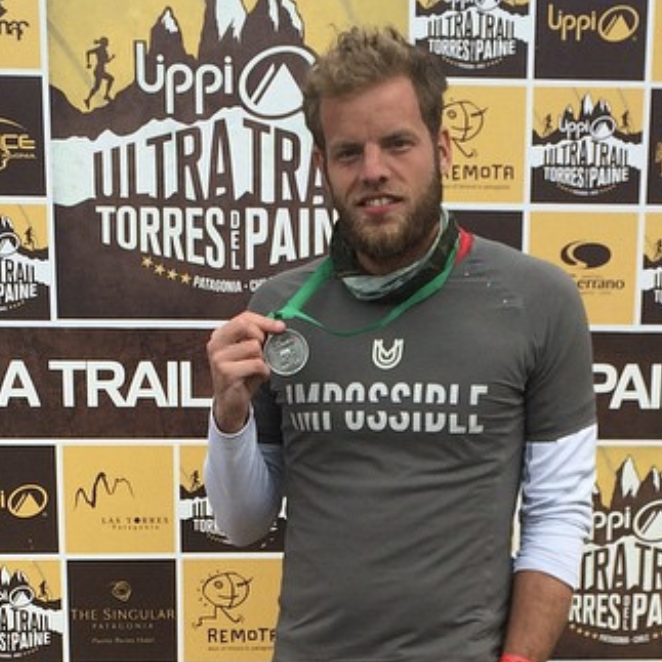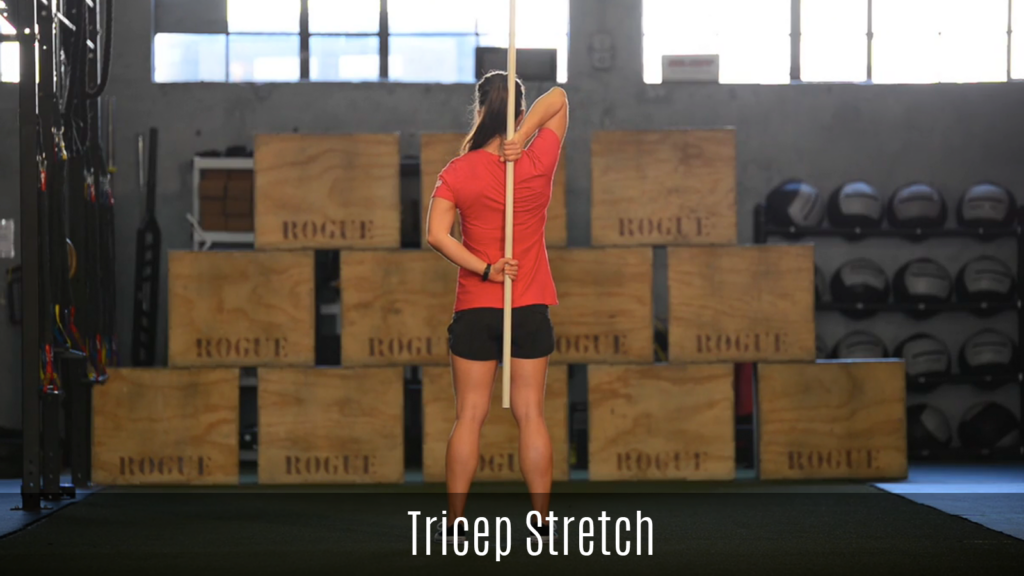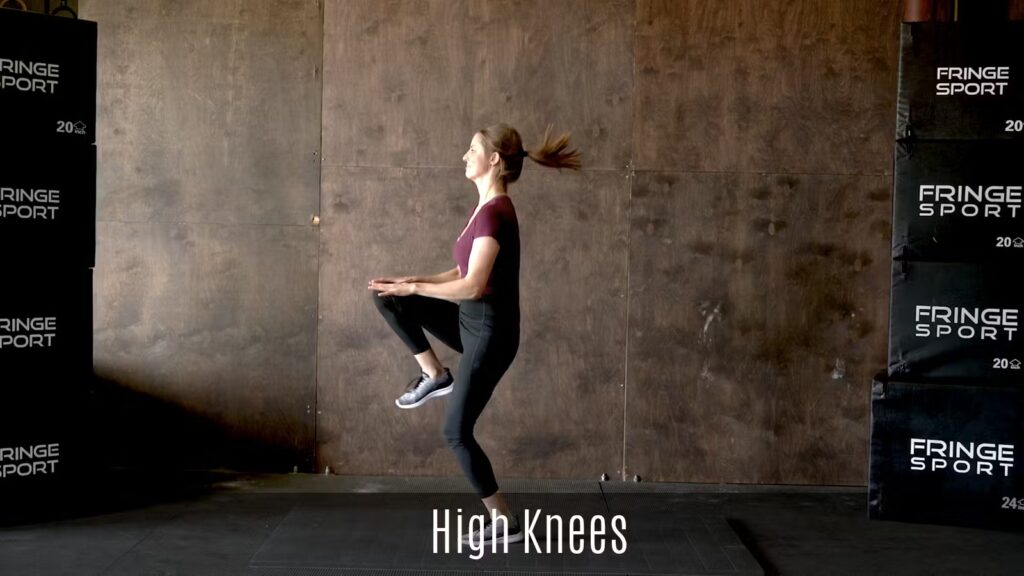A favorite stretch among weightlifters and CrossFitters, the reverse couch stretch is a movement that will help open up your hips and get your lower body primed and ready for a great leg day workout. This one requires a bit of a set up though, so ensure that you have the proper space and equipment before attempting this stretch.
First off, you’ll need a band. We recommend using a medium-tension band. You want enough tension to help open up your hips and work against that resistance, but not so much that it is constantly pulling you off balance.
Next, you will need something sturdy on which to attach the resistance band. If you’re working out in a gym setting, we recommend looping it around the vertical post of the squat rack or rig. If you’re doing this at home, try to find a similarly-sturdy post. Perhaps a fence post in the yard.
Once you’ve ensured that you have the correct amount of space and equipment, it’s time to start opening those hips! This article will walk you through how to complete the reverse (or banded) couch stretch, why you would want to incorporate this stretch regularly in your routine, and ways to modify it depending on your equipment availability and mobility level.
What is the Reverse Couch Stretch?
The reverse couch stretch is the go-to stretch if you want to open your hip flexors, stretch your quads, and improve your overall lunging motor patterns. Again, you will need a band and a solid vertical post.
First, loop the band around your chosen post at about hip-level height. Face the post and step one leg into the looped band. The resistance band should sit just below your glute muscle.
Now, walk backwards applying tension on the band. You want quite a lot of resistance in the band. Once you’ve found that level of tension, step your banded leg back into a lunge. For example, if the resistance band is on your right leg, the right leg would step back into a lunge and the left leg would be planted on the ground at a ninety-degree angle.
Because there is tension on the band, it should naturally be pulling your leg forward a bit. This is the stimulus for which we are looking. Lift your arms up overhead and hold here. Breathe deeply allowing your hips to sink deeper into the stretch with every exhale.
Don’t be afraid to move around a bit within this posture. We all get tight in different areas, especially within the hips. Use slight movement to find what areas are extra tight on you. When you do, hang out in that position and start to focus on your breathing. With the tension of the band pulling you into the stretch, paired with your deep belly breaths, this will hopefully start to loosen up your tight hips and quads.
We recommend holding this posture for at least a minute. When the time has expired, slowly come out of the pose. Take extra care because the band may be tight and there might be some recoil. Switch sides and repeat on the opposite leg.
Benefits of the Reverse Couch Stretch
This stretch is a big hip opening stretch. But as opposed to the standard couch stretch, where you use the wall, you are utilizing resistance provided by the band to provide relief to the tight hip area.
The tension caused by the band may allow more blood flow into the area. This will help in relieving tension and priming the muscles. Opening the hips can be beneficial for the lower back as well. If you experience low back pain, it might be a good idea to incorporate hip opening stretches and see if that relieves some of the pain.
Increasing your flexibility and range of motion in your hips will help improve your posture in your daily life. If you’re an athlete and training often, you may also be able to perform better on your workouts and see an improvement in your ability to perform agility drills.
Reverse Couch Stretch Modifications
This stretch requires certain equipment and space, so we want to be sure that you have options to get the same benefits even if you don’t have access to a band or vertical pole.
If you can’t perform the reverse couch stretch, opt instead for the standard couch stretch. Again, you can find those instructions linked here. To keep this stretch less intense, keep your chest closer to your quads in that lunge position. To increase the intensity, you can bring your torso up higher – potentially even getting your shoulders pressed into the wall at the very top.
Whichever variation or modification you choose, please go slowly with this stretch. If you feel any pain, whether it is in your hips, knees, back, ankle or somewhere else, come out of the stretch immediately.
Affix a resistance band around a solid rack or pole.
Move away until the band gives you some resistance.
Facing the band, kneel up and put one foot out in front of you.
The band should be on the kneeling leg, up below your glute.
Make sure the band is pulled tight to provide you with some resistance and move around in this position, lifting your arms, until you feel a stretch.
Keeping your body upright, make small movements in this position to find areas of tightness.
See what suits you best.



